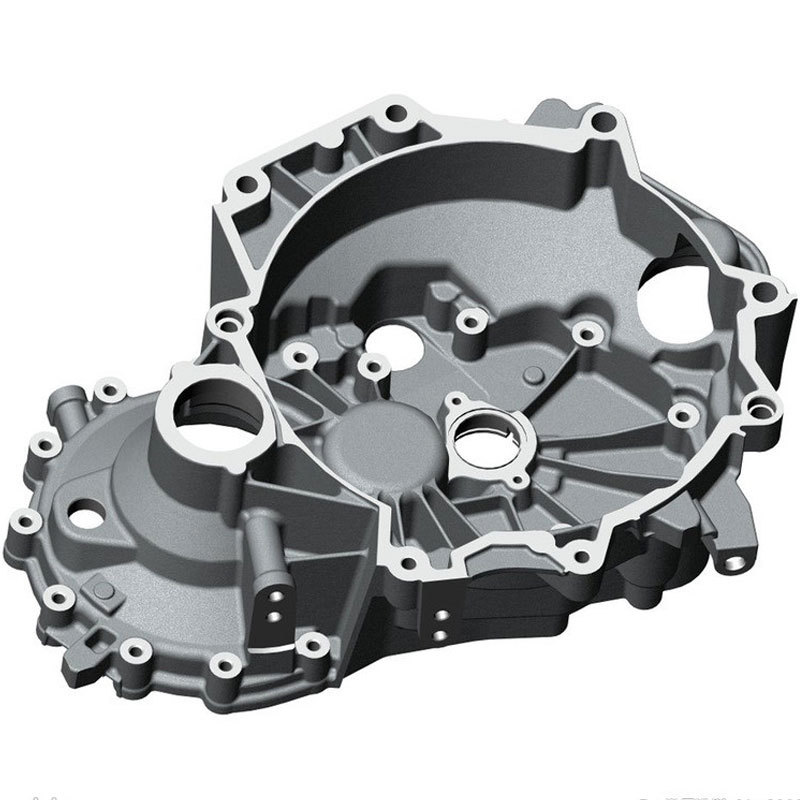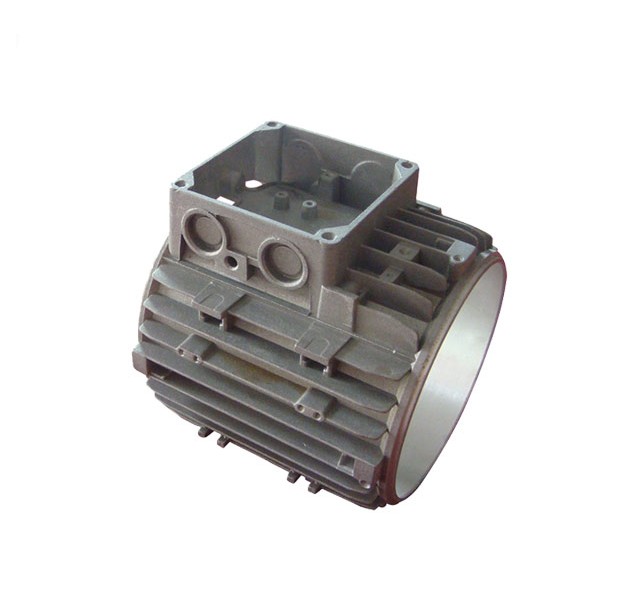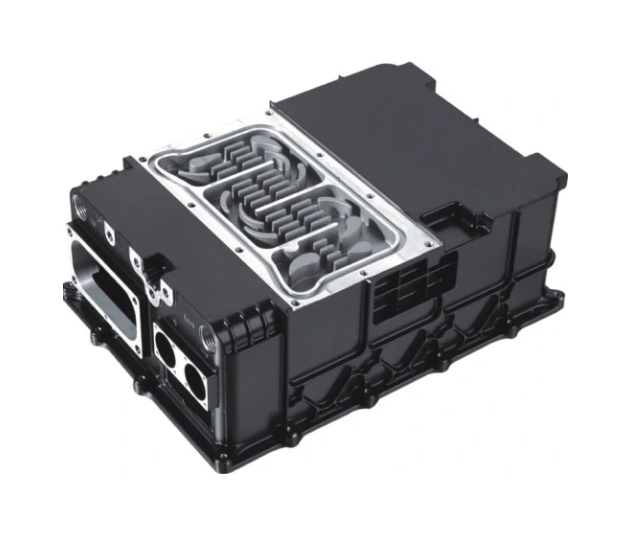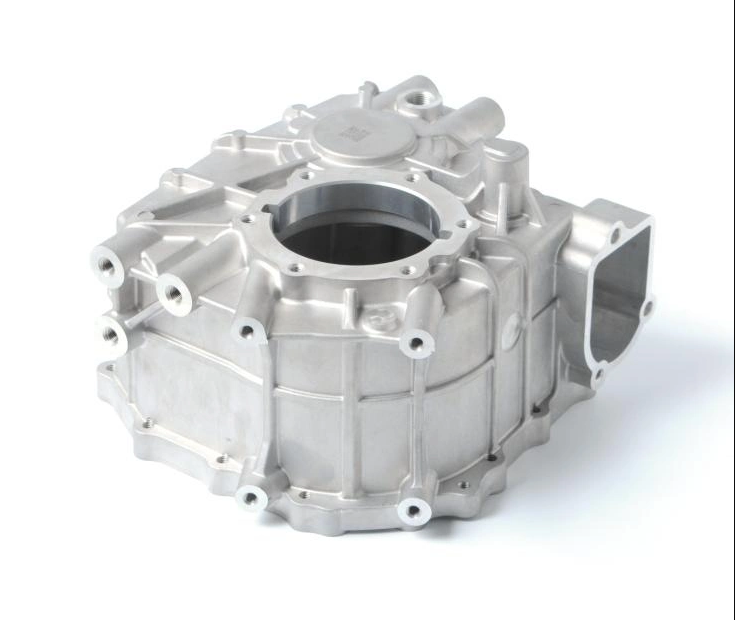Understanding Die Casting Tolerances: A Comprehensive Guide
Introduction:
The die-casting manufacturing process continues to dominate the production of various metal parts, owing to its precision and efficiency. One crucial aspect that sets die casting apart is its ability to maintain specific tolerances. This guide explores the significance of tolerances in die casting and delves into the main types associated with this manufacturing technique.
Body:
-
Overview of Tolerances in Die Casting:
In simple terms, tolerances in die casting refer to the permissible variations in the measurements of a casting. Despite aiming for specific dimensions in the production of a part, variations within defined tolerance limits are inevitable. These tolerances play a pivotal role in ensuring that the produced castings meet functional requirements. -
Main Types of Tolerances:
a. Linear Casting Tolerances: Linear casting tolerances dictate the allowed deviation in the dimensions of casted parts. This tolerance accounts for shifts in dimension as molten material fills a mold, influenced by factors such as temperature fluctuations and mold deformities. For instance, setting a tolerance of + or – 1mm for a 100mm component means an acceptable length range of 99 to 101mm.b. Tolerances for Flatness: Flatness tolerances apply to a single surface or a group of surfaces on a part. Maintaining flatness within acceptable limits ensures proper functionality, even if the surface is not perfectly flat. Deviation from the desired flatness is measured on the surface itself, rather than against a reference.
c. Die Casting Tolerances for Parting Lines: Parting line tolerances specify the allowable maximum amount of die separation during the casting process. This tolerance is crucial to achieve precise, well-shaped, and properly fitting end products. Understanding and maintaining parting line tolerances are vital for consistent quality and functionality.
d. Tolerances for Moving Die Parts: Tolerances for moving die parts define acceptable limits for the operation of movable components within a die. Strict tolerances ensure these parts align accurately during the casting process, preventing defects and ensuring consistent product quality.
-
Minimum Tolerances in Aluminum Die Casting: Different materials and casting complexities may have varying tolerances. For aluminum die casting, the minimum tolerances are as follows:
- Linear Casting Tolerances: +/-0.12mm (about +/-0.005 inches)
- Tolerances for Flatness: +/-0.025mm (about +/-0.001 inches)
- Die Casting Tolerances for Parting Lines: +/-0.25mm (equal to +/-0.01 inches)
- Tolerances for Moving Die Parts: +/-0.005mm (about +/-0.002 inches)
-
Conclusion:
Acknowledging and implementing tolerances during the die-casting process is paramount. By considering the different types of tolerances and adhering to specified limits, manufacturers can produce parts that function well even with slight variations. A combination of a high-quality die-casting process, expertise in die casting, quality materials, and meticulous inspection ensures the production of die castings that meet the required tolerances.
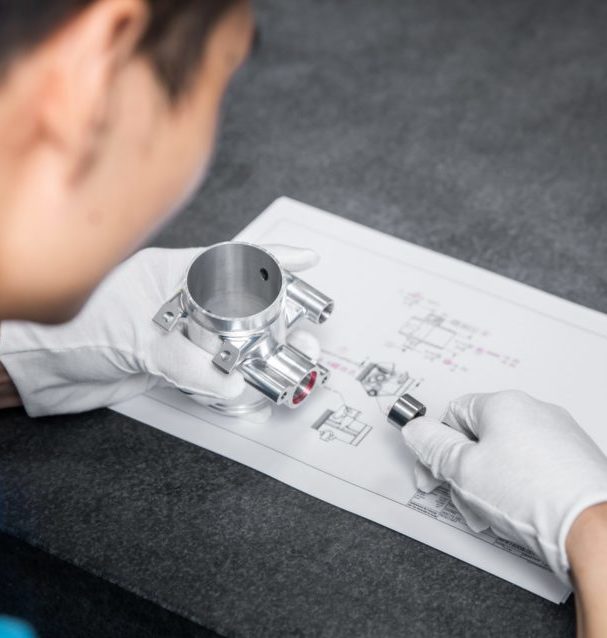
NINGBO FUERD MECHANICAL CO., LTD
Website: https://www.fuerd.com
